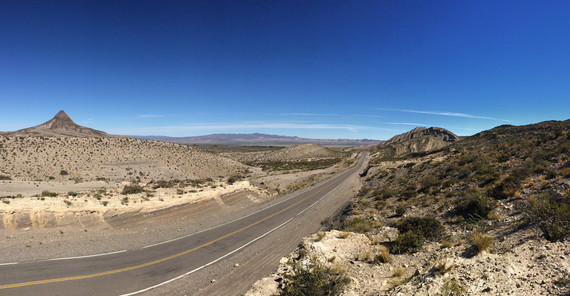Today we continue along the fold-and-thrust belt within the Neuquén basin and further south to Chos Malal, the ancient capital of the Neuquén province.
Along a new road we find even larger fossils than yesterday. The construction of the new road created new and fresh outcrops. Therefore the fossils are very well preserved. Unfortunately, we are not allowed to take them home because the provincial laws are very strict regarding commercial fossil use.
On a small bridge over the Rio Grande River, the landscpae abruptly changes. Huge black basalt lava flows emplaced the ancient Rio Grande valley. Through the current course and the strong erosion of the river, they were again deeply incised and formed a fascinating canyon.
We cross the border in the Neuquén province and reach the largest oil production area in the region. Surprisingly, working oil pumps are not disturbing in this impressive landscape. We are rather distracted by the snow-capped volcanoes and the deformed sediment sequences on kilometer scales. The volcanic and tectonic forces are enormous and we are deeply impressed.
By chance, we discover an old oil mine in the "middle of nowhere", where solid oil (asphalt) was extracted by hand during the 2nd World War. The global scarcity of this important resource raw at this time, forced the governments of the provinces to improvise and to use all possible self-sufficient production possibilities. An incredible story.
Text: Henry Wichura
Published online by: Agnetha Lang
Contact for the online editorial office: onlineredaktionuuni-potsdampde
Prior journal entry
Next journal entry
Show all journal entries

